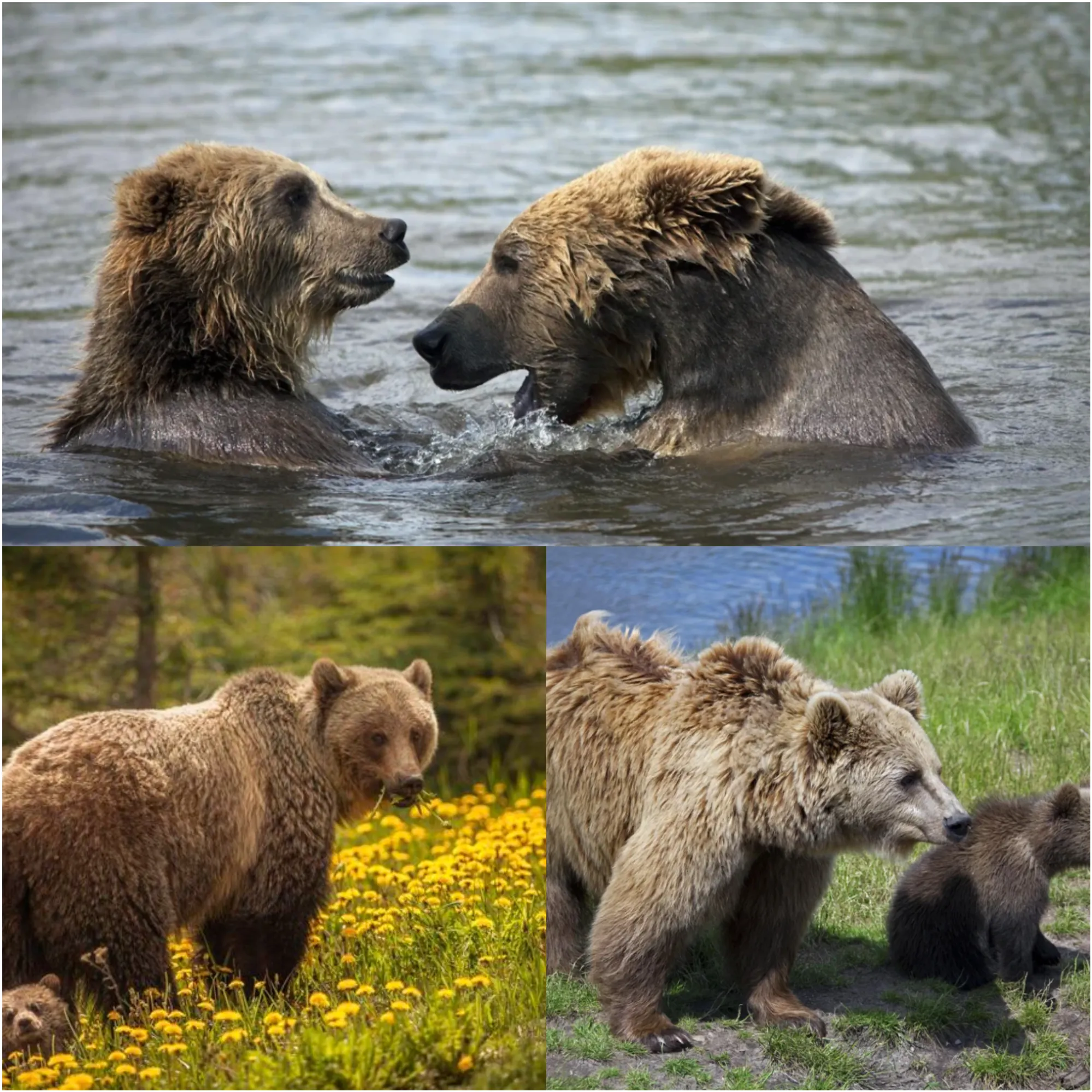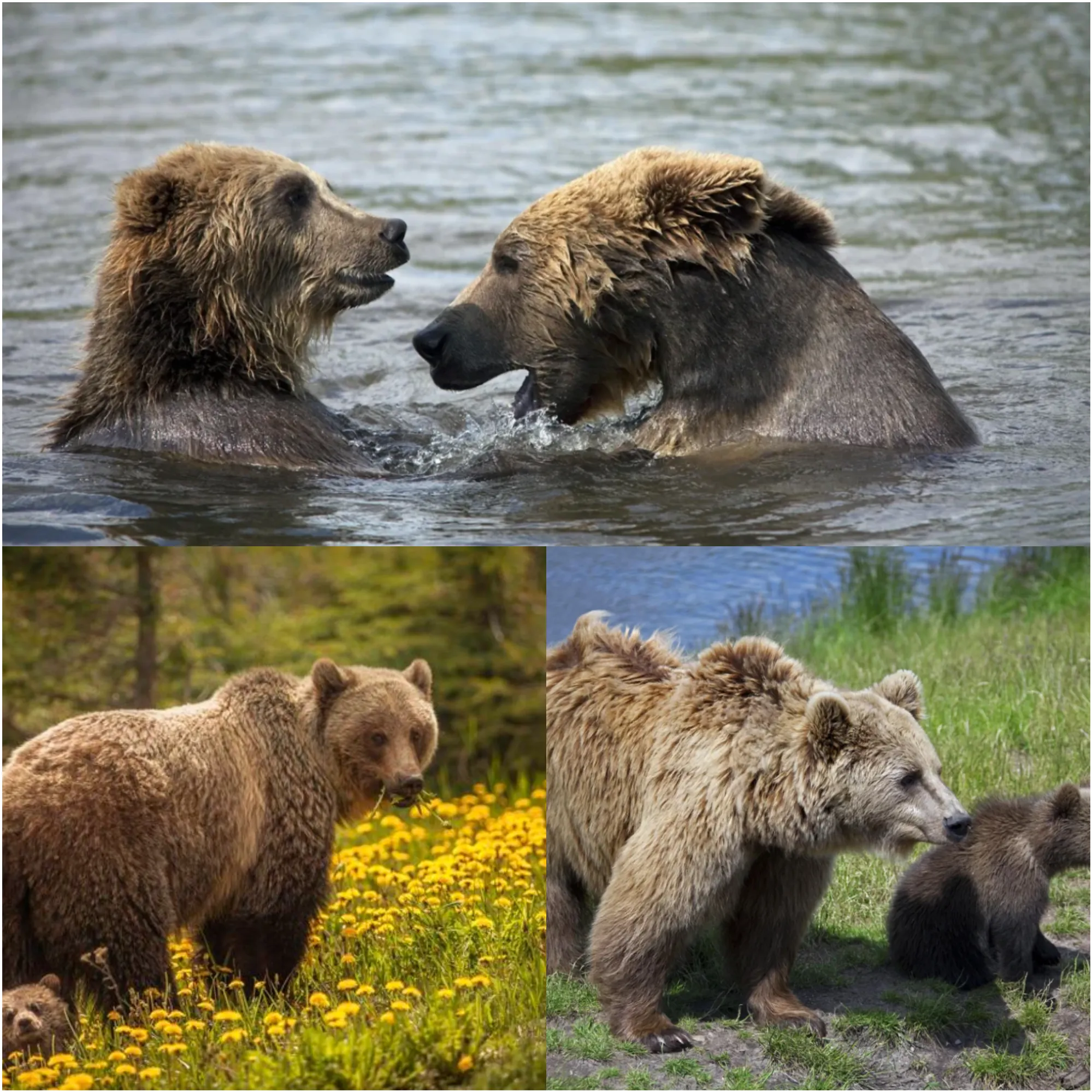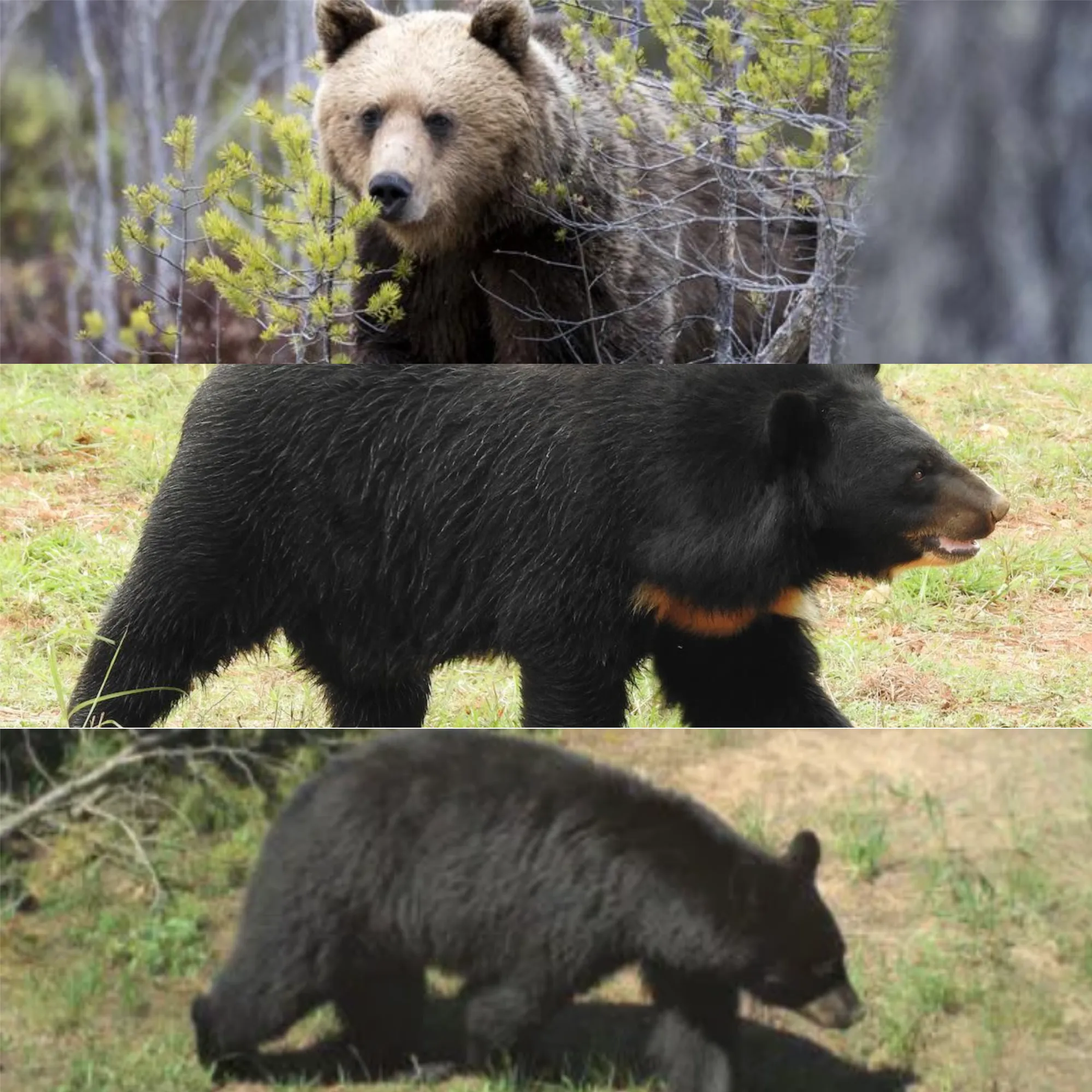
Sweden’s Brown Bear Population Faces Significant Decline Amid Controversial Hunting Season

Sweden’s brown bear population is facing a critical threat, with about 20% of the population at risk of being killed this hunting season. Authorities have issued licenses to hunt 486 bears, sparking outrage among conservationists who argue that such practices are undoing decades of progress in brown bear conservation.
Currently, Sweden is home to an estimated 2,450 brown bears. However, this number has been steadily decreasing due to intensified hunting efforts. Official figures released in 2023 reveal a worrying trend, with the bear population declining rapidly since 2022. Conservationists fear that the true number of bears may already be lower than the current estimate.
Sweden’s Big Five, a prominent conservation group, has voiced strong opposition to the government’s decision to issue such a high number of hunting licenses. They argue that “100 years of brown bear conservation progress are being undone at an alarming speed.” The group emphasizes the crucial role that wild carnivores, like brown bears, play in maintaining a balanced ecosystem.
Magnus Lundgren, director at the Wild Wonders Foundation, which manages Sweden’s Big Five, stresses that the conversation should not just revolve around the number of bears humans can tolerate, but also how many are necessary for the ecosystem’s health. He warns that aggressive policy changes in recent years are threatening the hard-earned recovery of the brown bear population.
In the early 1900s, brown bears were nearly extinct in Sweden due to policies aimed at eradicating them. Thanks to stringent protective measures, their numbers peaked at 3,298 in 2008. However, recent government actions suggest a shift toward more aggressive management strategies, with county administrative boards now responsible for issuing hunting licenses. This year alone, 486 licenses have been approved, leading to widespread concern among conservationists.

According to Hanna Ek, deputy head of unit at Sweden’s Environmental Protection Agency, licensed hunting is just one of several tools used to manage large carnivores in Sweden. However, conservationists like Lundgren and Steffan Widstrand, managing director of the Wild Wonders Foundation, argue that this approach caters too much to hunters’ interests, who may be motivated by factors beyond population management.
Widstrand points out that hunters have two primary reasons for killing bears: the thrill of the hunt and reducing competition for prey, as bears often hunt moose or elk, which are also prized by human hunters. Similar concerns have been raised about policies toward wolves and lynx, leading to legal challenges against the Swedish government. The Swedish Carnivore Association, for instance, filed a complaint in April, claiming the country’s lynx hunting policies contradict the EU’s Habitats Directive.
Sweden’s Big Five fears that the government’s goal is to reduce the brown bear population to around 1,400, a number dangerously close to the defined minimum level. Brown bears are particularly vulnerable to high hunting pressure due to their slow reproductive rate and the difficulty of distinguishing females, who are crucial to the population’s survival, from males during hunts.
Instead of resorting to hunting, conservationists like Widstrand and Lundgren advocate for alternative strategies that allow bears to coexist with humans. These include using fences to protect livestock and promoting ecotourism, which can generate income for local communities while preserving wildlife.
As Sweden’s brown bears face a potentially drastic reduction, conservationists continue to challenge the government’s policies, urging for a more sustainable and ethical approach to wildlife management.



